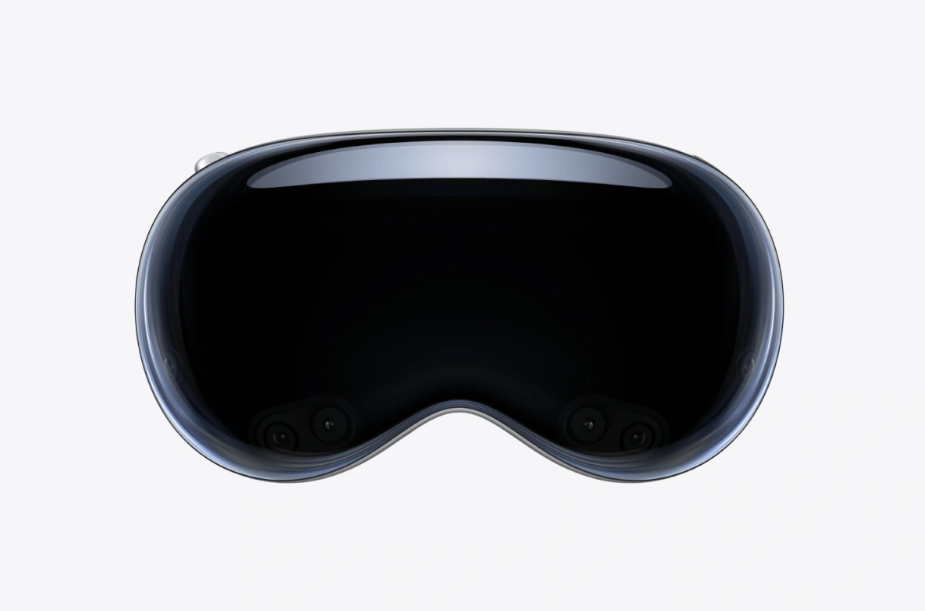Apple Vision Pro: A Seamless Dive into the Era of Spatial Computing
Eight months ago in Cupertino, the highly anticipated Apple Vision Pro was introduced, marking the onset of the era of spatial computing. Despite common criticisms regarding the weight of the glasses, I do not consider it a significant factor, as once immersed in the world of spatial computing, the weight becomes inconsequential. The glasses are equipped with the new VisionOS operating system, essentially a three-dimensional iOS, making them user-friendly for “Apple” enthusiasts.

The glasses allow unlocking an iPhone using the built-in cameras, which is genuinely impressive. However, the main feature is the integration of the virtual world with the real world, achieved almost seamlessly. The glasses can serve as “ski goggles,” where the screen becomes “transparent,” displaying the surrounding world through external cameras.
Control is facilitated through the Digital Crown, serving as a controller for scrolling and navigation. Its primary function is to switch between reality and the virtual world. Turning the wheel darkens the screen, transitioning the user to a semi-spherical “desktop.” This innovation involves combining the “dome” interface with flat surfaces, creating an elegant and convenient solution.

Apple Vision Pro allows users to work in a familiar “flat” mode, providing a harmonious blend of the new and the familiar in the interface. The control is also magically designed—interacting with interface elements requires only looking at an object and performing a “Thanos snap.” This imparts enchanting magic to the system, making the usage process more natural and captivating.
